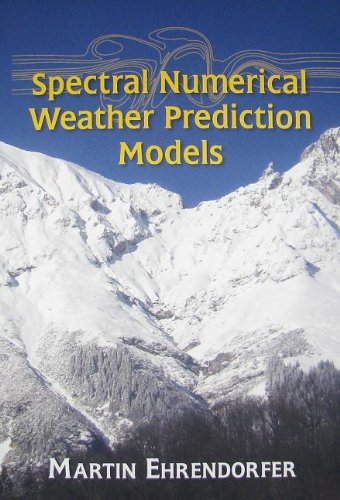

Most ebook files are in PDF format, so you can easily read them using various software such as Foxit Reader or directly on the Google Chrome browser.
Some ebook files are released by publishers in other formats such as .awz, .mobi, .epub, .fb2, etc. You may need to install specific software to read these formats on mobile/PC, such as Calibre.
Please read the tutorial at this link: https://ebookbell.com/faq
We offer FREE conversion to the popular formats you request; however, this may take some time. Therefore, right after payment, please email us, and we will try to provide the service as quickly as possible.
For some exceptional file formats or broken links (if any), please refrain from opening any disputes. Instead, email us first, and we will try to assist within a maximum of 6 hours.
EbookBell Team

4.4
32 reviewsThe author describes the implementation of a specific model PEAK (Primitive-Equation Atmospheric Research Model Kernel) to illustrate the steps needed to construct a global spectral NWP model. The book brings together all the spectral, time, and vertical discretization aspects relevant for such a model. Spectral Numerical Weather Prediction Models provides readers with information necessary to construct spectral NWP models; a self-contained, well-documented, coded spectral NWP model; and theoretical and practical exercises, some of which include solutions.
Audience: This book is intended for anyone with a basic mathematics and physics background who is interested in numerical weather prediction, with a specific interest in any aspect of NWP, and in learning fundamentals of atmospheric dynamics. The audience also includes other mathematicians and physicists, students, researchers, teachers, and engineers.
Contents: Preface; Acknowledgments; List of Figures; List of Tables; List of Algorithms; Part I: Atmospheric Dynamical Models: Chapter 1: Introduction; Chapter 2: Governing Atmospheric Dynamics; Chapter 3: The Primitive Equations; Chapter 4: The Shallow-Water Model; Chapter 5: The Barotropic Vorticity Equation; Chapter 6: Balanced Flow; Part II: Spectral Numerical Models: Chapter 7: The Spectral Method; Chapter 8: Vertical Discretization; Chapter 9: Time Integration; Chapter 10: Code Structure of PEAK; Chapter 11: Experimentation with PEAK; Chapter 12: Barotropic PEAK Configurations; Part III: Appendices: Appendix A: Tensor Analysis; Appendix B: Spectral Basis Functions; Appendix C: The PEAK Model Code; Afterword; Bibliography; Index